What's New
Displaying results 3691 - 3700 of 4052

Resource | Presentations,
The objectives of the Integrated Biological and Behavioral Survey (IBBS) are:
- Measure estimates of the following among IDU, FSW, and MSM populations.
- Provide key information for advocacy and policy making including UNGASS indicators
- Use information for national estimates and projections.
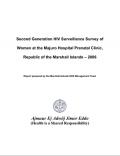
Resource | Publications,
There is limited understanding of knowledge and behaviors related to HIV and other sexually transmitted diseases (STD) in the Republic of the Marshall Islands (RMI). The RMI Ministry of Health, in collaboration with the Secretariat of the Pacific Community and with technical assistance from the U.S. Centers for Disease Control and Prevention, conducted a Second Generation HIV Surveillance (SGS) survey. This report summarizes the results of the SGS survey of pregnant women at the Majuro Hospital Antenatal Clinic.
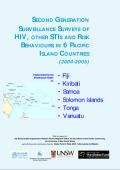
Resource | Publications,
In 2003, a regional proposal to strengthen HIV surveillance and related laboratory capacity in six sentinel Pacific Island Countries and Territories (PICTs) - Fiji, Kiribati, Samoa, Solomon Islands, Tonga, and Vanuatu - was funded by the Global Fund to Fight AIDS, Tuberculosis, and Malaria (GFATM). The implementation of Second Generation HIV Surveillance (SGS) will develop and enhance existing sexually transmitted infection (STI), HIV and behavioural surveillance systems and provide epidemiological data on which to design and evaluate targeted interventions.
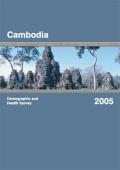
Resource | Publications,
The 2005 Cambodia Demographic and Health Survey (CDHS) is a nationally representative sample of 16,823 women and 6,731 men age 15-49. The 2005 CDHS is the second comprehensive survey conducted in Cambodia as part of the worldwide Demographic and Health Surveys (DHS) projects. The primary purpose of the CDHS is to provide the policymakers and planners with updated and reliable data on fertility, family planning, infant, child and maternal mortality, maternal and child health, nutrition, malaria, knowledge of HIV/AIDS, prevalence of HIV, women’s status and domestic violence. The 2005 CDHS is the first survey in Cambodia to provide population-based prevalence estimates for HIV.

Resource | Publications,
The Thailand Multiple Indicator Cluster Survey (MICS) December 2005 – February 2006 was developed, for the first time, to collect data on situations of all children in Thailand to be used as tools in monitoring and evaluation of child development in Thailand. As also indicated in the Thailand Millennium Development Goals Report (2004).
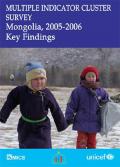
Resource | Publications,
MICS Mongolia was designed to provide statistically sound and internationally comparable data for monitoring the situation of women and children in Mongolia. Among the social indicators used in the MICS Mongolia are those required for monitoring the goals and targets of the Millennium Declaration, the World Fit for Children Declaration and Plan of Action and the goals of the United Nations General Assembly Special Session on HIV/AIDS. Mongolia conducted the first and the second rounds of MICS in 1996 and 2000.
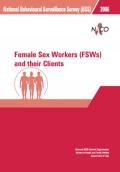
Resource | Publications,
The aim of carrying out National Behavioural Surveillance Survey (BSS) 2006 was to assess current risk behaviour in specific population groups in India and to measure behavioural changes from BSS 2001 to BSS 2006. The present report details the observations of the National BSS 2006 among the FSWs and their clients, which was conducted in all states and union territories of the country.
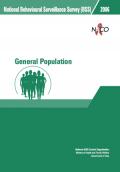
Resource | Publications,
The aim of carrying out the National Behavioural Surveillance Survey (BSS) 2006 was to assess current risk behaviour in specific population groups in India and to measure behavioural changes from BSS 2001 to BSS 2006. The present report details the observations of the National BSS 2006 among the general population, which was conducted in all states and union territories of the country.
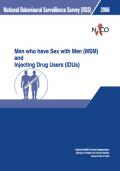
Resource | Publications,
The aim of carrying out the National Behavioural Surveillance Survey (BSS) was to assess current risk behaviour in specific population groups in India and to develop a database to measure behavioural changes from National BSS 2001 to National BSS 2006. The present report would provide the detailed findings of BSS 2006 conducted among two high-risk population groups of IDUs and MSM, about their awareness, knowledge, attitude, and behaviour with regards to STD/HIV/AIDS.
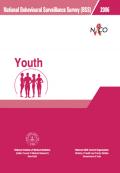
Resource | Publications,
Behavioural Surveillance Surveys (BSS) are internationally standardised tools used for understanding the knowledge, attitude, and behaviour of populations. Undertaking BSS among youth is an important effort by NACO and UNICEF to monitor changes in behavioural aspects of young people who are vulnerable to HIV infection.
The study aims to provide a baseline for the interventions among the young people supported by NACO and UNICEF. The study will be repeated periodically for trend analysis, which will indicate the impact of the interventions as well as generate invaluable information about the behaviour and lifestyle of young people in the country.





